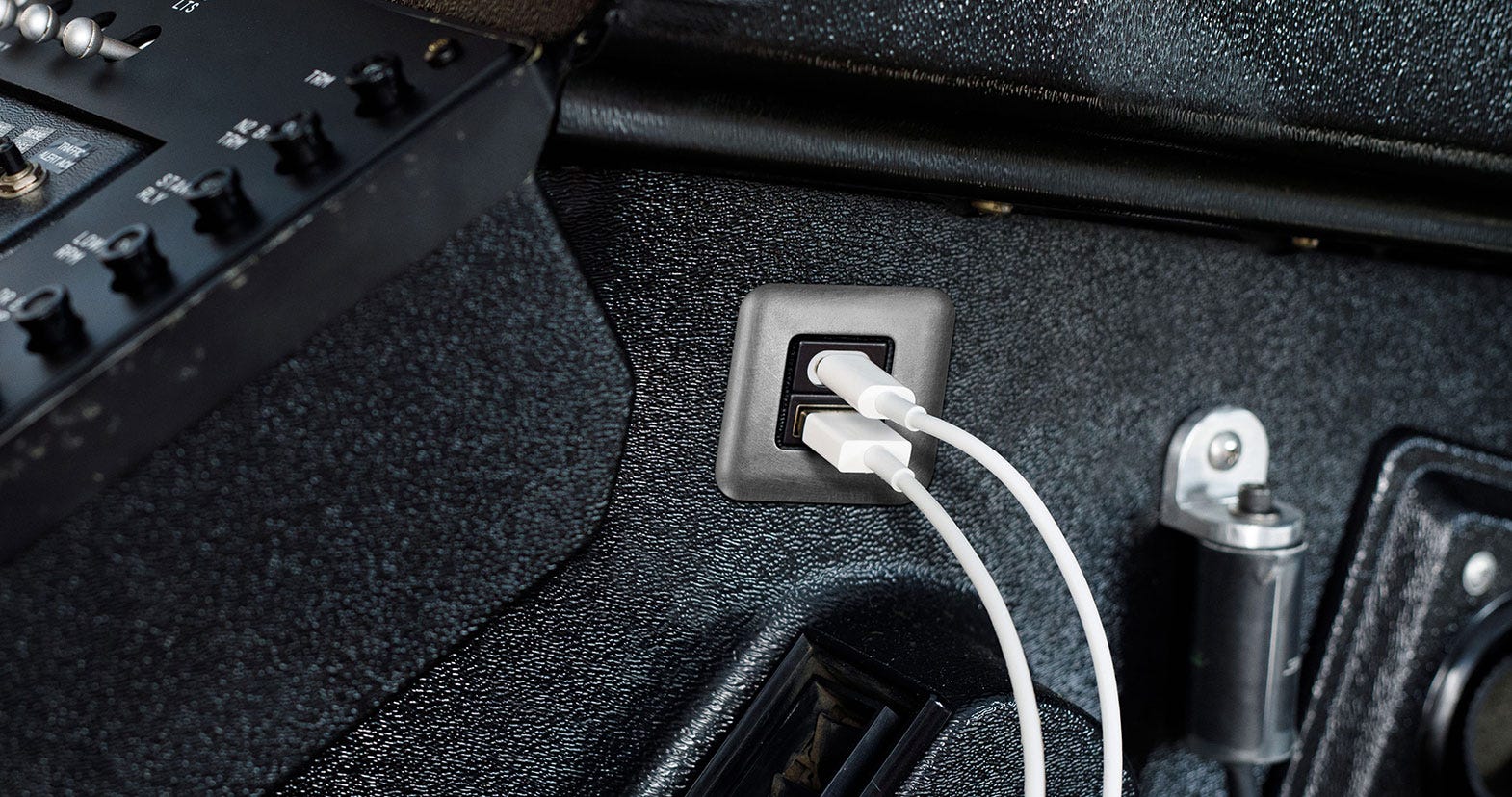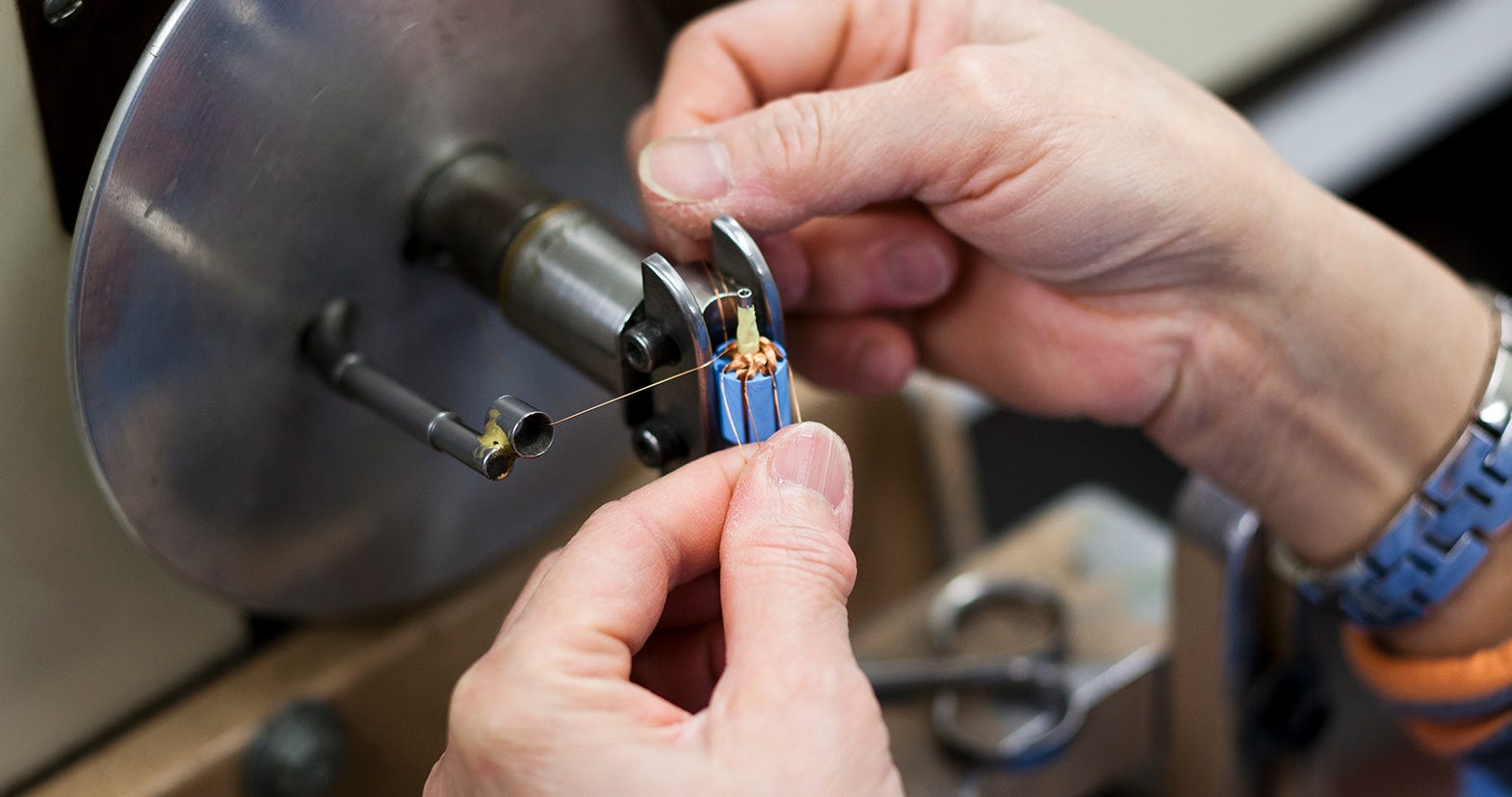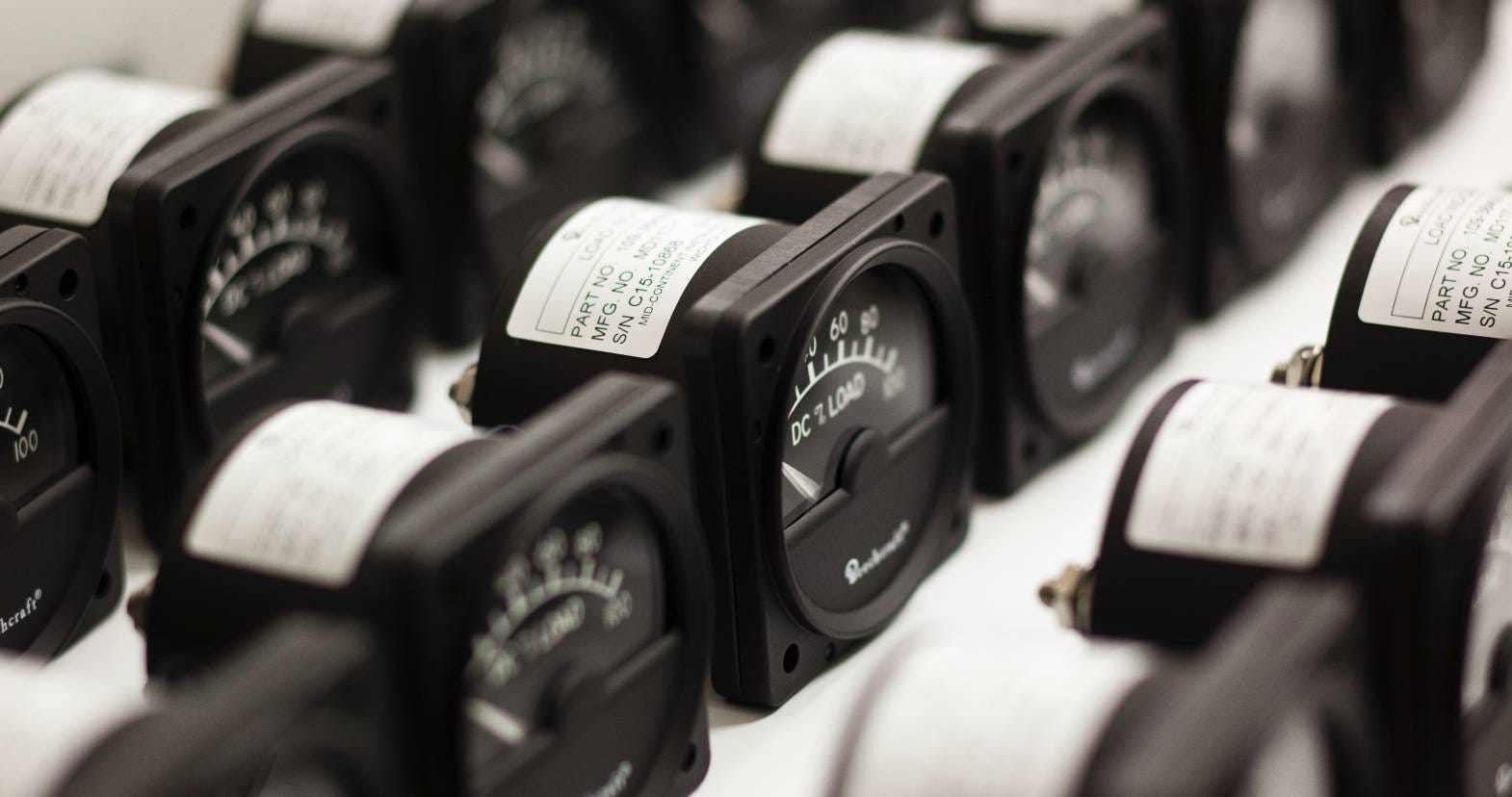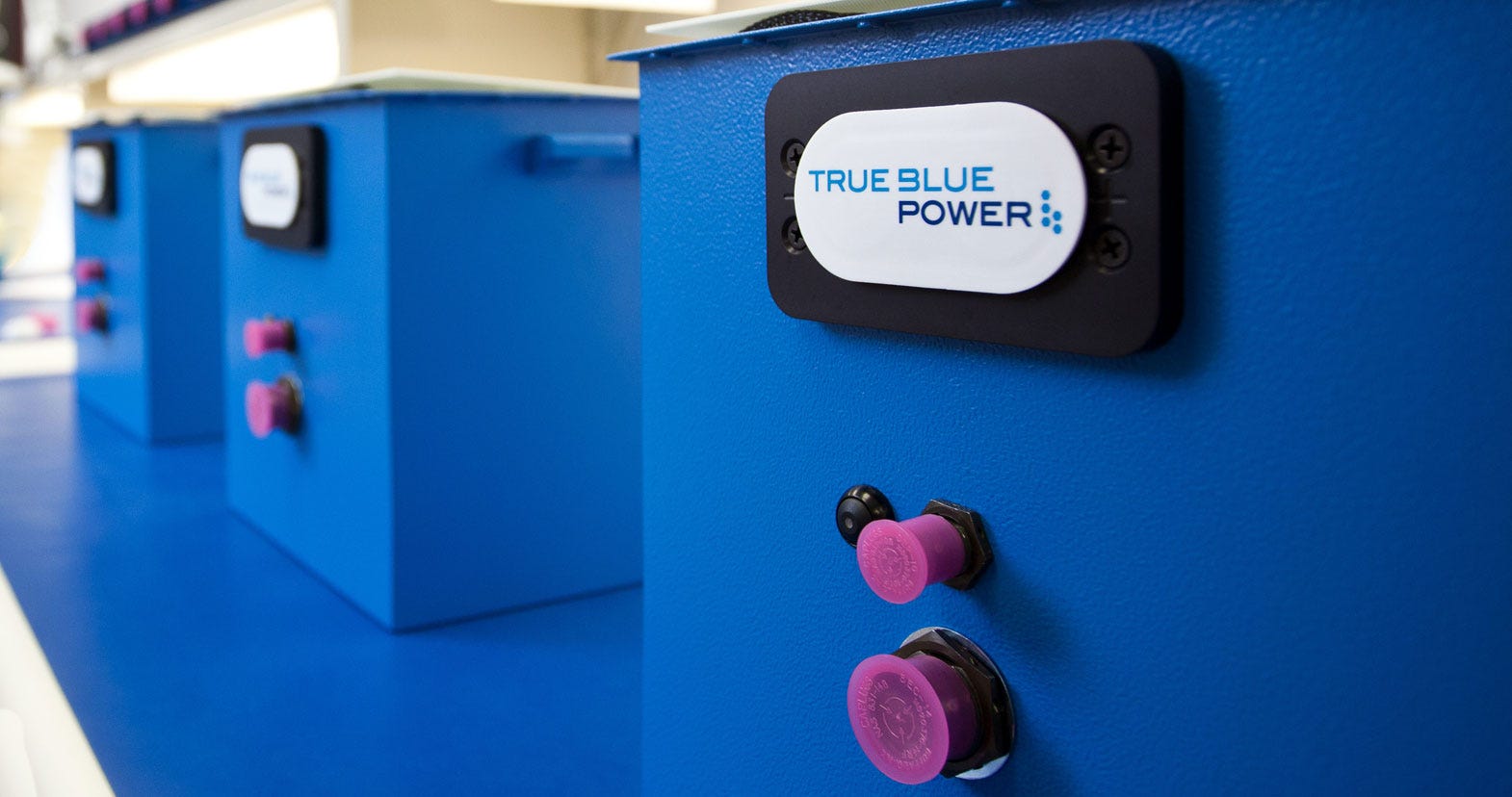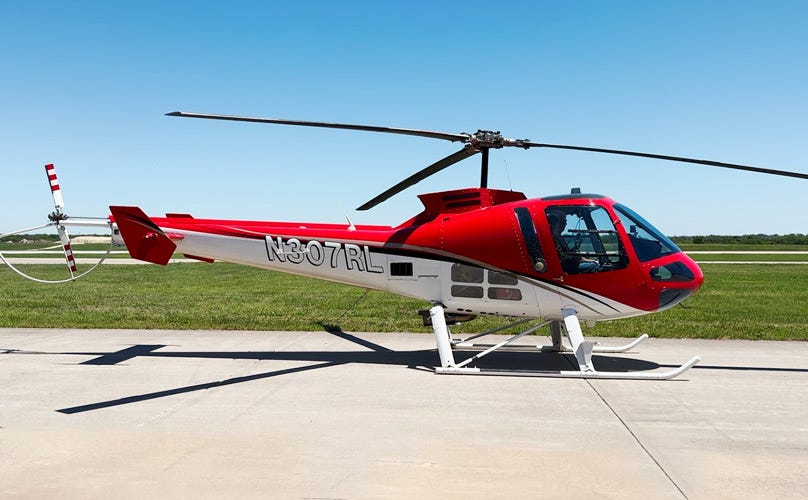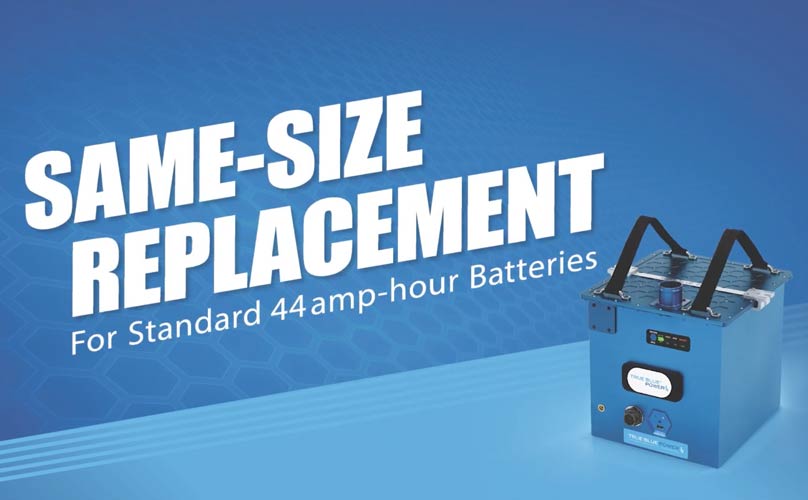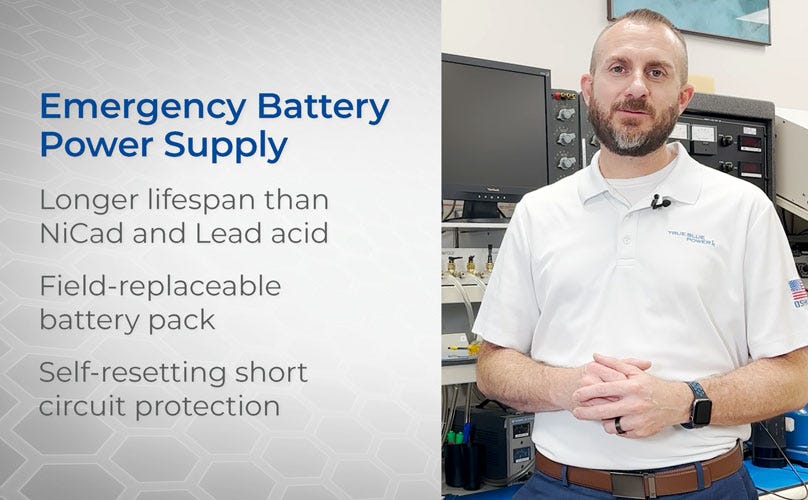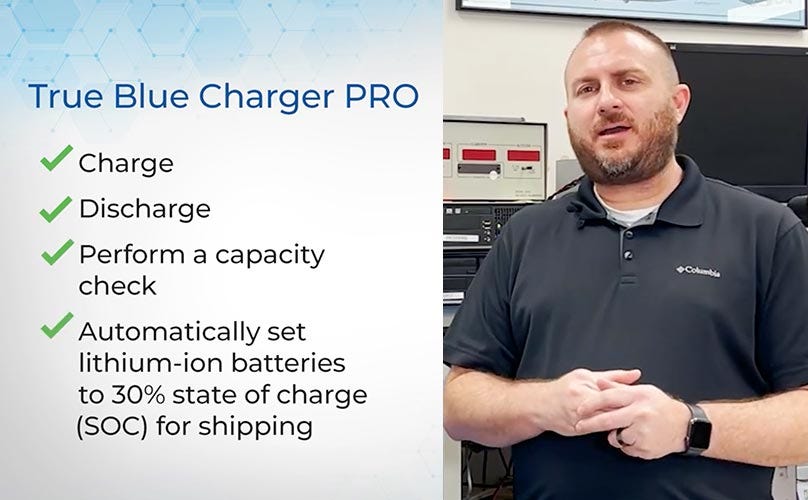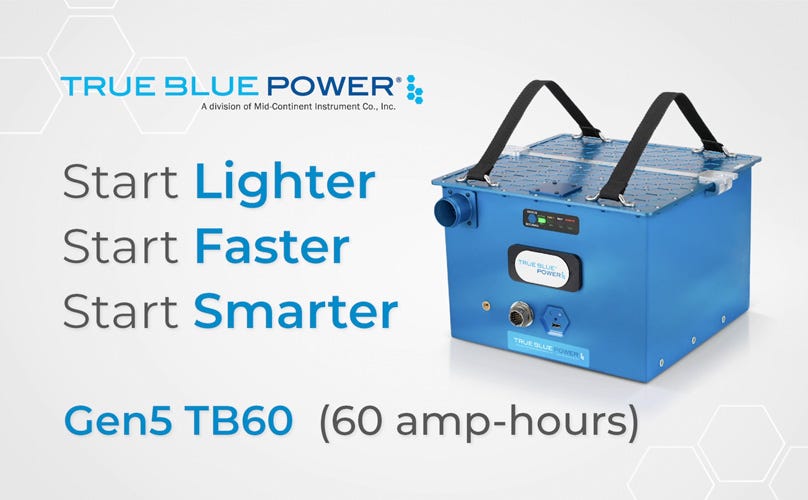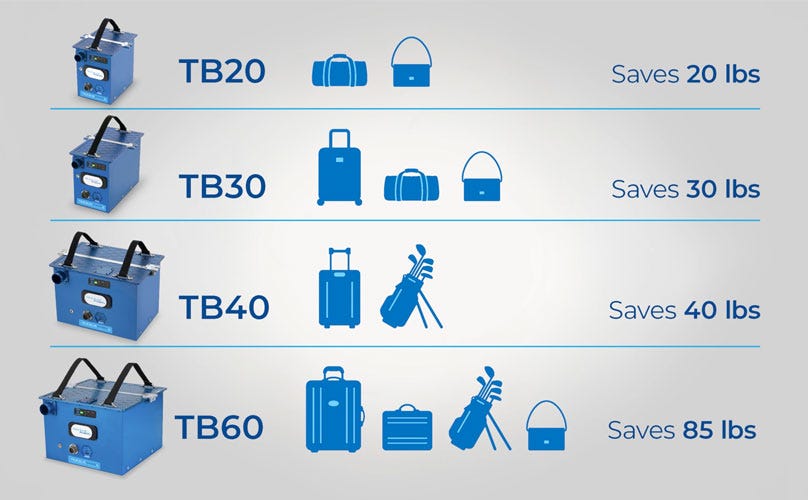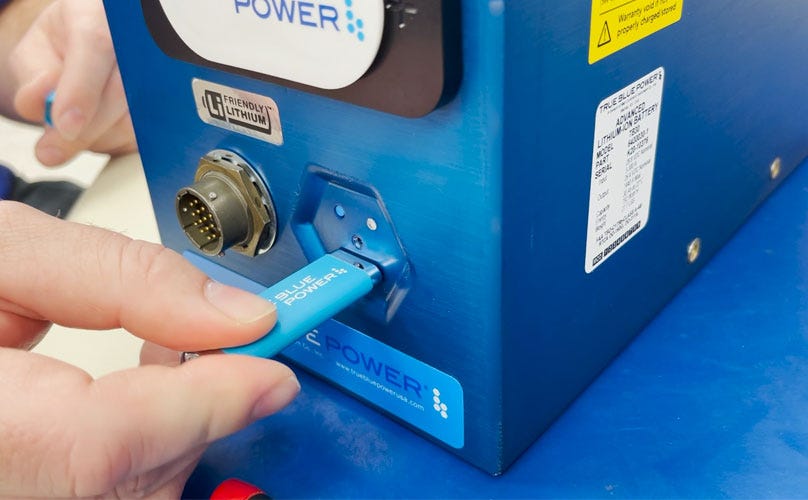
Understanding Lithium Battery Chemistries for Aviation
Choosing the right battery chemistry is essential for powering modern aircraft. True Blue Power’s lithium ion batteries are leading the way, but it’s important to note that not all lithium battery chemistries are the same. This article explains the key differences between lithium metal oxide (LMO) and lithium iron phosphate (LiFePO₄), focusing on their use in aviation.

Aviation Battery Comparisons
Even with all the advances in aviation, many aircraft still use battery technology that’s over a century old. Lead acid batteries, introduced in 1899, and nickel cadmium (NiCad) batteries, which came soon after, remain widely used. However, lithium ion batteries have become a popular modern alternative. This newer battery technology offers high energy density and lower weight—two key needs in aviation. In this article, we’ll compare lead acid, NiCad, and lithium ion batteries, highlighting the unique benefits and challenges of each type.

Why Use Lithium-ion Batteries in Aviation?
What makes lithium batteries so important for modern aircraft? In this article, we’ll explore the benefits and key considerations of using lithium-ion batteries in aircraft.
Butler National Corporation Announces STC Approval for Mid-Continent Instruments and Avionics 2-inch Digital Attitude Indicator and Counter Drum Encoding Altimeter on Learjets
Mid-Continent Instruments and Avionics today announced Butler National Corporation (OTCQX: BUKS), a leading manufacturer and provider of support systems.…
Photos View All
